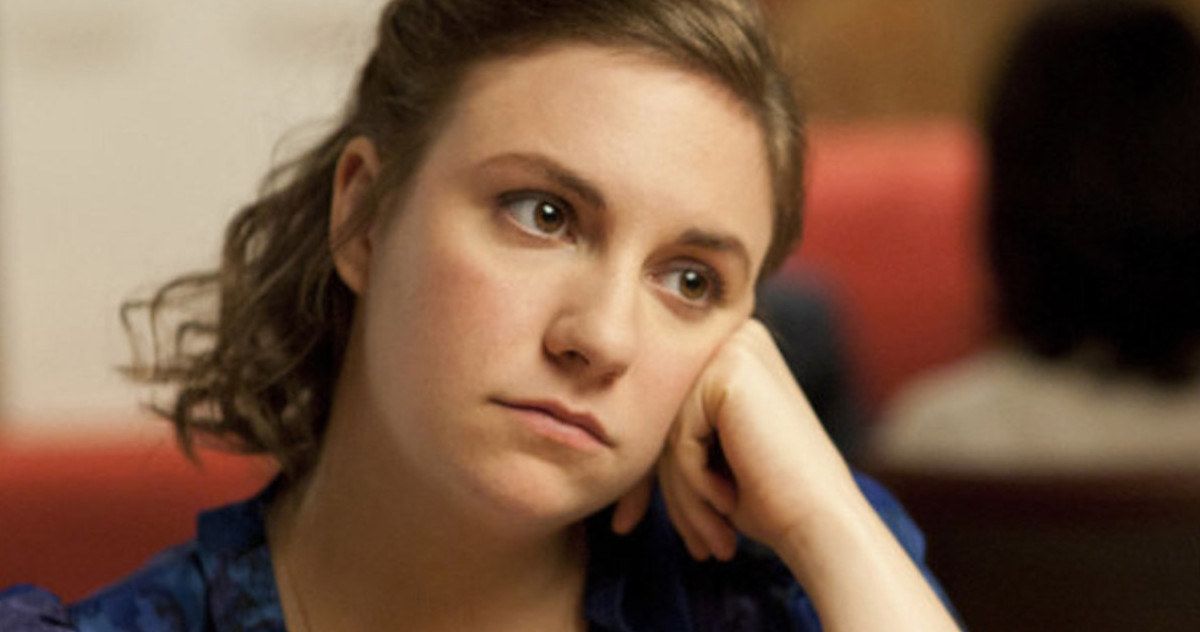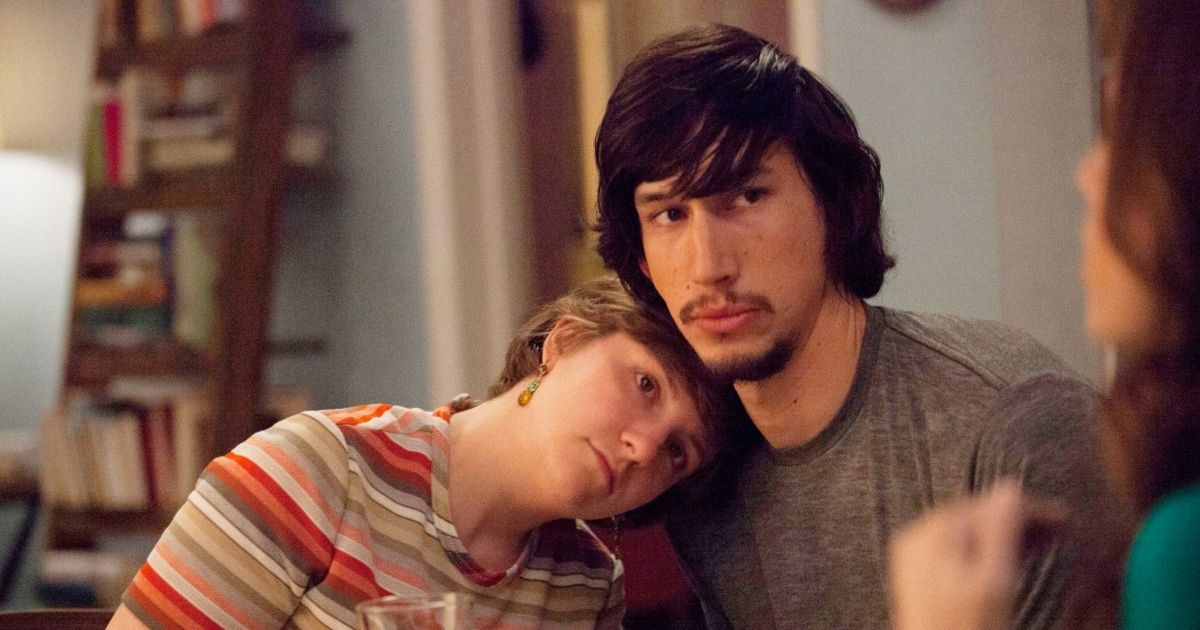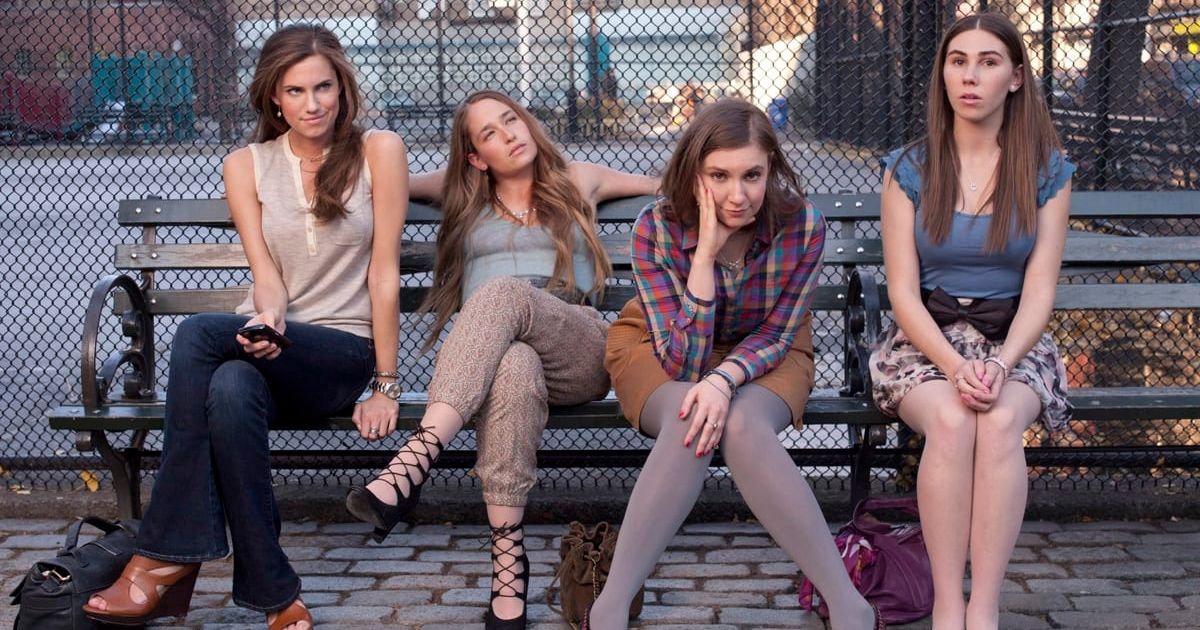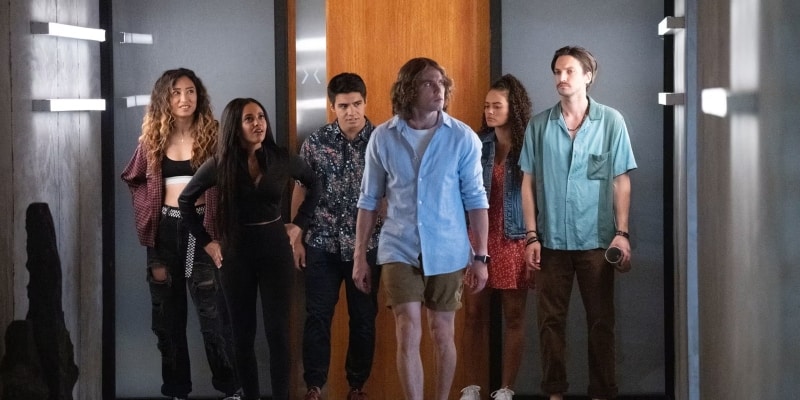#HBO’s Revolutionary, Flawed TV Show, Explained
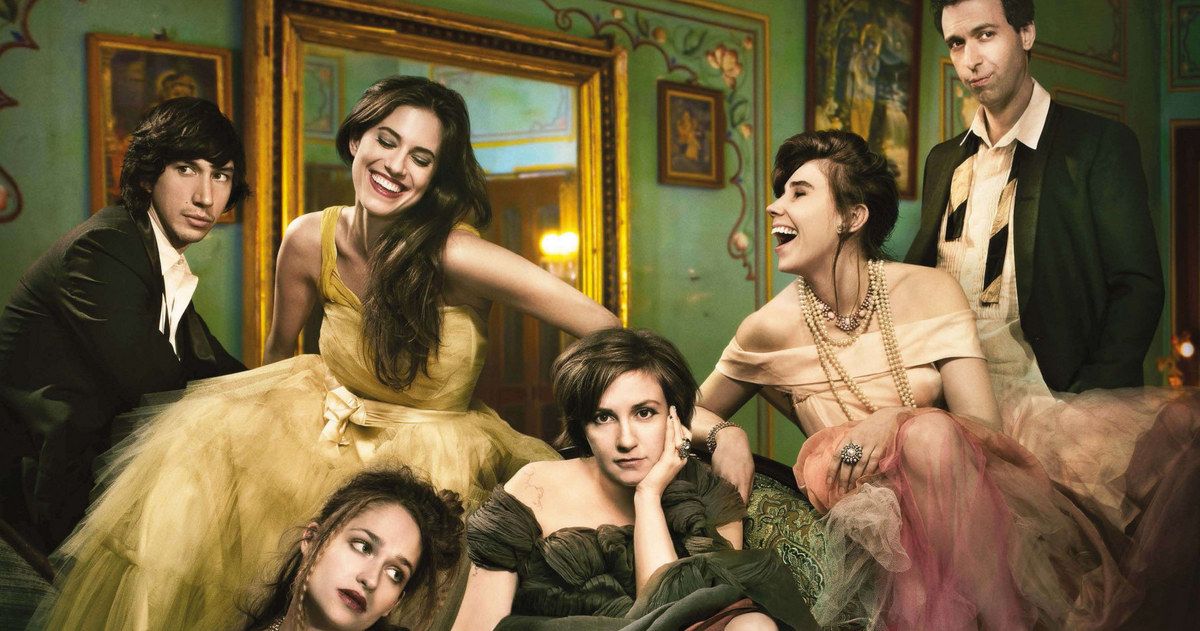
Table of Contents
“HBO’s Revolutionary, Flawed TV Show, Explained”
Girls and Lena Dunham
Just as Orange Is The New Black infused heavy drama with light comedy, Girls took the sitcom format and infused it with dramatic, often uncomfortable concerns. Its lens was more myopic than many would have liked; the show focused on a group of twenty-something, well-to-do, college-graduated white women in New York City, and it generated its fair share of controversy throughout its run, aimed specifically at its lack of representation and Dunham’s selective version of feminism.
Many criticisms leveled against Dunham and the show were completely necessary and valid, but they would also serve to oversimplify the idea of the show for anyone who had not watched it and would be easily persuaded not to. Many other shows before and since have been shot through similarly narrow lenses, but they got less flack because they were created by men – and they often took fewer risks. Sure, the show was rife with missteps and offensive ideas, but so was South Park at the time and nearly every other sitcom in existence. The difference for Dunham was that she was, and is, a woman, and this put her in the crosshairs of the cultural conversation.
If you could afford Girls the same benefit of the doubt you would give Friends or The Simpsons, you would realize that between the HBO bump and the closing credits lay a fully realized world of complex, dynamic characters that jumped off the screen and into our hearts and minds. They were sympathetic and lonely, if spoiled and often irritating – but most of all, they were achingly, frustratingly human. And they were certainly about as likable as Larry David, if not more so.
Adam Driver and the Perfectly Flawed Cast of Girls
One of Girls’ more notable achievements was the further blurring of the Apatowian line between drama and comedy, and one of its primary avenues toward this goal was its use of casting. Characters like Jessa and Shoshanna (as played by the wonderful Jemima Kirke and Zosia Mamet respectively) might have seemed like narcissistic caricatures at first, but were soon revealed to be realistic human beings, both unhinged and vulnerable. Allison Williams’ Marnie, presented initially as the squeaky-clean best-friend influence character, became one of the show’s most volatile elements.
Speaking of volatility, we saw the emergence of Adam Driver as a major talent – his character Adam being a veritable chopped salad of manic-obsessive-dream-boy and borderline-abusive-hopeless-romantic. Mr. Driver’s performance is so dynamic and strange that it is almost impossible to put into words. Within the varied and stellar cast lay a beguiling marriage of SNL-esque mania and nuanced character work that would epitomize the Golden Age of TV Drama. Girls was a laboratory for narrative, televisual experimentation.
And of course let’s not forget about Ms. Lena Dunham herself, the creator and star, who assembled an excellent creative team, and executed a unique, idiosyncratic, character-driven vision on a modest budget. It’s one thing to stay safe and successful, and another to venture out and risk failure. Girls did the latter, and found great success with gutsy, self-contained episodes like “One Man’s Trash,” “The Panic In Central Park,” and “American Bitch,” which happen to be some of the best entries in the modern television canon.
Girls Had Problems, But That Didn’t Stop It
It didn’t always work – in one instance, Dunham cast Donald Glover as her Republican love interest as a sideways move to address the show’s racial blind spots, and only served to dig herself in deeper. But it was in spite of, and absolutely because of, such risks that HBO brought the show back five times over for a total of six seasons.
Gimmicks abounded, superficial story threads seemed to go nowhere, and the show was not always perfect. But it always took leaps and evolved the cultural conversation surrounding it, and despite the often warranted, but sometimes unwarranted, criticism, it never got backed into a corner, and it never admitted defeat. Girls, besides being one of the most striking examples of contemporary television, serves as a great lesson for creativity and originality in TV storytelling. The entirety of Girls can be streamed on HBO Max.
If you liked the article, do not forget to share it with your friends. Follow us on Google News too, click on the star and choose us from your favorites.
For forums sites go to Forum.BuradaBiliyorum.Com
If you want to read more Like this articles, you can visit our Social Media category.
